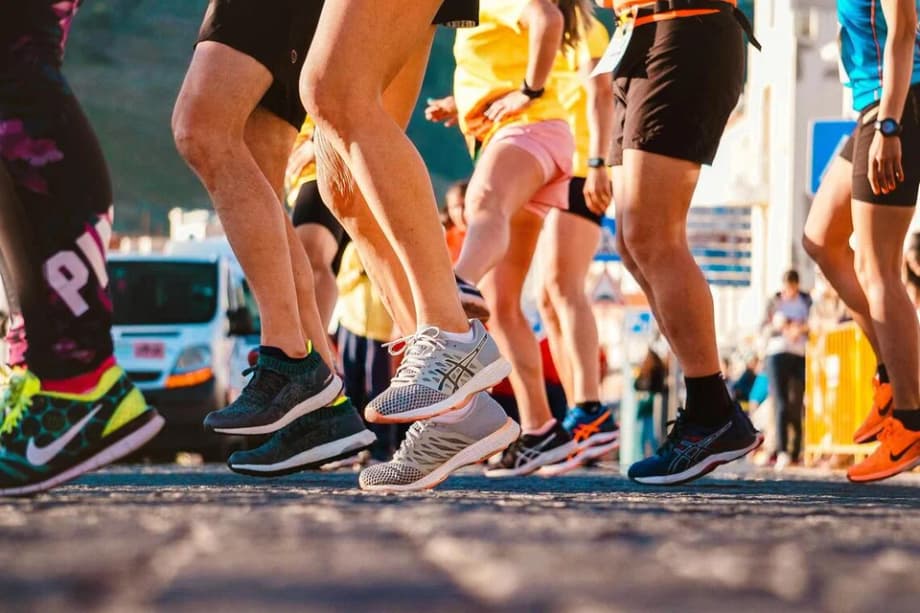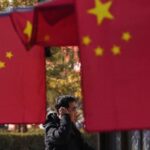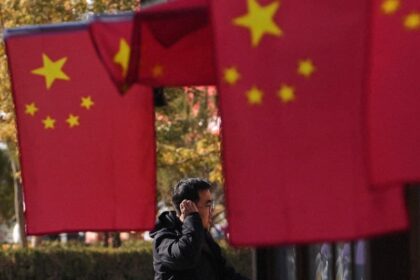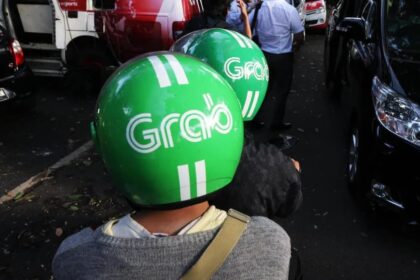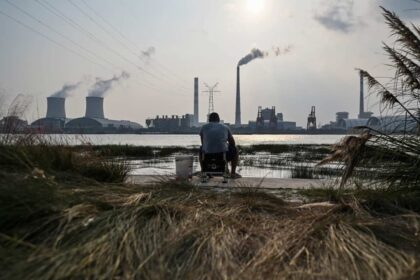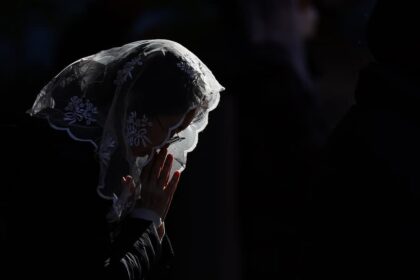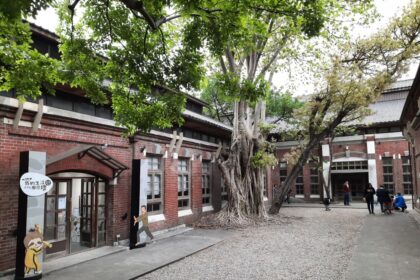Near weekly races are turning central Seoul into a weekend obstacle course
Seoul is running hard into a new kind of weekend gridlock. A near weekly slate of marathons and road races, many with fields of tens of thousands, is closing central arteries from Gwanghwamun and Jongno to bridges over the Han River. A 30,000 runner event in mid November again required traffic diversions across the morning, with buses rerouted and lanes sealed off in stages. The rush to run has brought a less welcome rush hour to Sundays, and patience is wearing thin among residents, commuters and visitors who find their plans suddenly blocked.
- Near weekly races are turning central Seoul into a weekend obstacle course
- How often are closures happening and where do they hit hardest?
- Voices from the streets
- What is fueling the running boom and who pays for control
- A crowded calendar meets crowded streets
- What the city is considering
- How other cities balance marathons and mobility
- Getting around on race day tips
- Key Points
The boom in organized races has been swift. National event tallies show marathons climbed from 19 in 2020 and 49 in 2021 to 254 in 2024, drawing more than one million participants. Complaints tied to race day traffic in Seoul rose from 15 in 2021 to 69 in 2022, then into the hundreds in 2023 and 2024. Through September 2025, 350 complaints had already been filed with the city. Police have shouldered the operational burden. Over the last three years, 36,212 officers were deployed to manage road closures for 807 marathon events nationwide, often without cost reimbursement from event organizers.
Residents and visitors describe a routine that is now familiar. Seniors face flights of stairs in subway stations when surface routes are cut off. Tourists wait at bus stops where the display never updates because service has been paused. Small businesses along downtown corridors say regular customers call to ask if they can even reach the store. Community forums now share race calendars and detours so people can plan errands and airport trips around closures.
How often are closures happening and where do they hit hardest?
City data indicates that the capital hosted 118 marathon events in 2024, nearly two per week on average. April alone had 19 races scheduled. Courses often thread through Jamsil, Yeouido, Jongno, Gwanghwamun and City Hall, parts of Seoul that remain busy even on Sundays. The 2025 Seoul Marathon closed segments in Jongno and Jung districts as early as 5:30 a.m., with parts of Dongdaemun, Gwangjin and Songpa restricted until early afternoon. Ten kilometer routes in Songpa had vehicle access limited from 5 a.m., lifting near mid morning. That pattern is common across many events, especially during spring and fall running seasons.
Traffic control tends to be step by step. Police release intersections once the tail of the field passes, but a large crowd stretches the window for each section. Bus routes are adjusted on short notice and some stops are suspended during the hours when runners are on course. Schedules and notices are posted by agencies in advance, yet many people do not find the information until they are already delayed. Visitors in particular can miss warnings if signage and updates are not provided in multiple languages.
Why central corridors get chosen
Organizers prefer the city center for wide lanes, iconic landmarks and easy access by rail for participants. Central boulevards allow medical staff and emergency vehicles to reach runners quickly. Full marathons need long, continuous stretches to meet course certification standards, and those stretches are easiest to map along major avenues and river crossings. That logic can deliver a smooth race day for participants, yet it concentrates the disruption in places where the wider public cannot avoid it.
Voices from the streets
Behind the numbers are people whose weekends now come with a new layer of planning and stress.
Kim Keon-ho, a 72 year old Seoul resident, was rerouted on a recent Sunday when buses were halted near his neighborhood. He supports the health motive, yet says the balance feels off.
“It is good to run for health, but it should not come at the expense of ordinary citizens. The roads are all closed, but there is little guidance on where to go. Elderly people struggle with the subway stairs, and yet that is the only option they are told to use. It is frustrating.”
A 24 year old visitor from Vietnam described waiting at a stop where the countdown clock never budged because the line was paused.
“I have been waiting for the bus for 20 minutes now. The sign says it is coming soon, but the time never changes. I do not know which roads are restricted. There is not enough information for foreigners.”
A cafe owner in Jongno, who asked to be identified by her surname Lee, said weekend races now feel constant and they change how customers plan visits.
“In the past, marathons were special events you would see once in a while. Now it feels like every weekend. Customers call to ask whether they can even reach the store. It affects business more than people realize.”
What is fueling the running boom and who pays for control
Running took off during the pandemic when gyms and team sports were restricted. The habit stuck as people found that training fits into busy schedules and delivers measurable progress. Running crews turned exercise into a social scene, and social media now propels signups and shared goals. Marathon hosts have grown in number and ambition across the country.
Many events are privately organized and funded through participation fees and sponsorships. Entry fees can reach up to 100,000 won for some races. Organizers market professional timing, finisher medals, entertainment and branded gear. The financial model depends on large fields and prime routes that attract attention and sponsors, which is one reason so many courses run through central districts.
Public agencies bear the costs of keeping the city moving. In recent years more than 36,000 police officers were assigned to traffic control for hundreds of events nationwide. Police officials say they do not receive direct cost reimbursement from organizers, even as they deploy personnel for lane closures, crowd safety and bus route changes. That arrangement is drawing scrutiny from residents who question why public resources support private events without a clear cost sharing rule.
A crowded calendar meets crowded streets
Closures often overlap with other large gatherings. On a weekend tied to a high profile court ruling on an impeachment case, central Seoul saw rallies across multiple districts and the official city marathon on the same weekend. Police said runners started at Gwanghwamun Square and headed to Jamsil, with roads in Jongno and Jung closed from the early morning. Parts of Dongdaemun, Gwangjin and Songpa were limited into the early afternoon. For that day, 1,651 police personnel were assigned to guide drivers and pedestrians, and bus routes were adjusted during the event. Travelers could call 02-700-5000 for real time updates from the traffic control center.
What the city is considering
City officials say they are reviewing ways to reduce inconvenience while keeping races on the calendar. Ideas include earlier start times so that most closures lift before late morning, secured detour routes so bus services can continue with minimal suspension, better signage on site, and stronger alerts through mobile channels in multiple languages. The mayor has said the administration is studying these options.
Residents are also floating rules that would change the map of race day. Proposals include limits on how often top traffic corridors can close, caps on the number of events per month, requirements to stage long sections along the Han River parks, and new incentives for organizers who select less central routes or off peak hours. Some civic groups suggest a cost recovery policy to fund traffic management, paired with a strict calendar that prevents clusters of large events on the same weekend.
How other cities balance marathons and mobility
Global marathon hosts offer a few reference points. Large cities typically allow only a limited number of major road races each year. They concentrate the biggest closures on early Sunday mornings and publish detailed detour maps weeks in advance. Many recruit volunteers to guide pedestrians and tourists, and they use real time traffic dashboards to update bus diversions across the city. In several cases, permits require event organizers to cover policing or traffic management costs, either directly or through a fee written into the approval.
Seoul could adapt elements that fit its street network. A unified city calendar that avoids weekend clusters, stronger push alerts in multiple languages, a rule that reserves certain central corridors for only a small number of events, and a cost sharing formula could lower friction. Shifting more distance onto river park roads can keep the race experience while limiting disruption for drivers and buses in dense downtown zones.
Getting around on race day tips
Until new rules take hold, residents and visitors can lower stress with a few simple habits.
- Check city traffic and police advisories the day before, and again on the morning of the race. Travelers can call 02-700-5000 for live updates.
- Allow extra time if crossing central districts. Use subway lines with elevators when possible, and plan for stairs where elevators are limited.
- If you have heavy luggage, stay near Seoul Station or another major hub when a race is scheduled. Transfers to the airport are easier from those areas.
- Avoid hot spots such as Gwanghwamun, City Hall, Jongno, Jamsil and Yeouido on race mornings. A detour of one or two stations can save time.
- Use taxi apps and expect longer waits. Book ahead for airport rides and allow a cushion for temporary diversions.
- Check whether your usual bus stop is suspended during race hours. Walk to the next operational stop if service is paused.
- Follow community race calendars to anticipate closures, then plan errands and reservations outside peak race windows.
Key Points
- Seoul now hosts near weekly marathons that close central roads and reroute buses, with a recent race drawing about 30,000 runners.
- National events rose to 254 in 2024, with more than one million participants, while race related complaints in Seoul surged into the hundreds in 2023 and 2024.
- Through September 2025, 350 complaints had already been filed with the city over marathon related disruptions.
- Police deployed 36,212 officers for 807 marathon events nationwide over three years and officials say organizers do not reimburse those costs.
- Residents report access problems, seniors struggle with subway stairs, tourists miss bus changes and downtown shops see customers hesitate to visit.
- City leaders are reviewing earlier starts, secured detour routes, better signage and stronger mobile alerts in multiple languages.
- Proposals from citizens include limits on closures of top corridors, more courses along river parks, caps on monthly events and a cost sharing rule.
- A recent weekend showed the strain as rallies overlapped with the city marathon, with 1,651 police assigned and bus routes adjusted across central districts.


